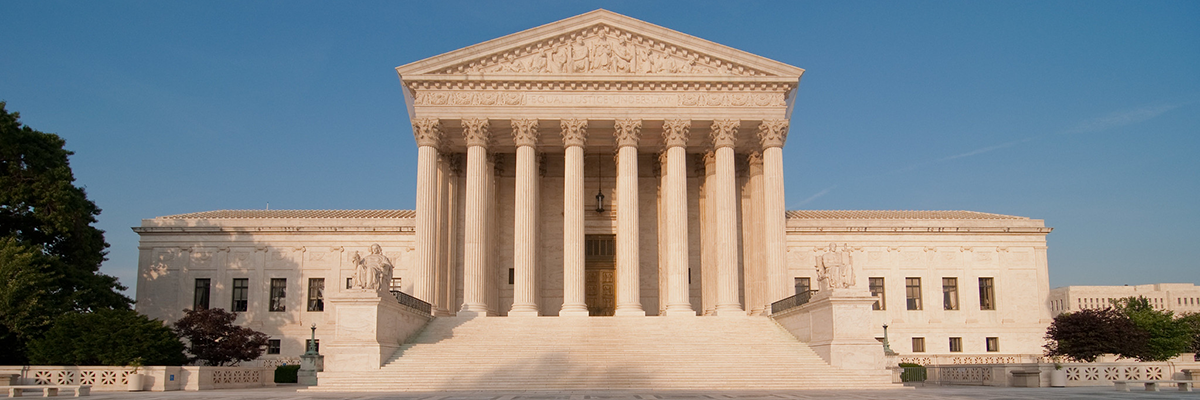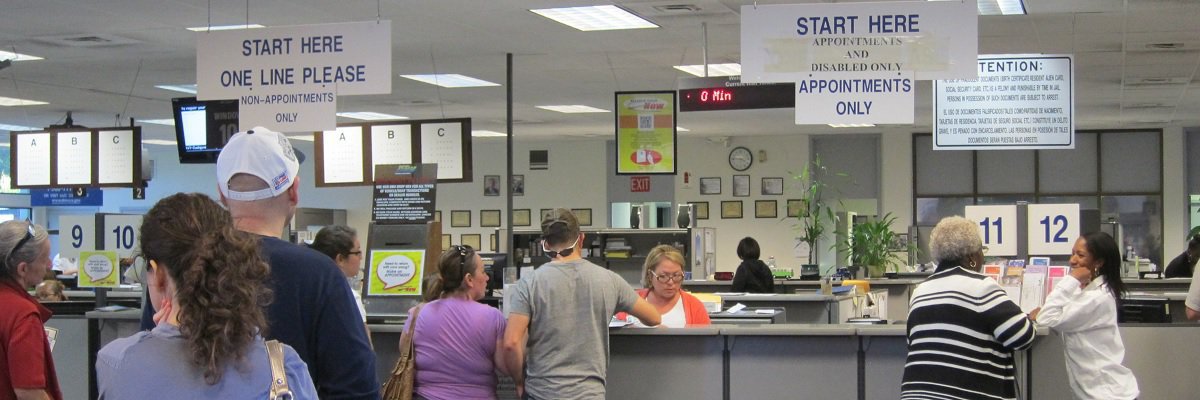It’s been months since we learned of the seemingly compulsory non-disclosure agreement that the FBI hands police eager to use cell phone tracking equipment. But we still know precious little about which departments aren’t allowed to tell us what about their StingRays.
In September of last year, police in Tacoma released documents which, while heavily redacted, revealed a couple of key sentences for the first time:
Before this, the extent of coordination between the FBI, the Federal Communications Commission and the Harris Corporation (which manufactures the StingRay and similar cell site simulator devices), had been guessed at, but never confirmed. A year earlier, the FBI released a blank template of the non-disclosure agreement that was redacted to hell, and in particular obscured the FBI’s assertion that state and local law enforcement must sign the NDA prior to purchase or deployment.
The FCC, for its part, disagrees with the FBI’s interpretation. While police must “advance coordinate” with the FBI - a provision jointly requested by the Harris Corporation and the Bureau - the FCC’s guidelines make no mention of any such NDA requirement.
And that’s pretty much everything either agency has disclosed after three months and change.
But not for lack of trying on our part - to read about our follow-up requests, and the agencies’ dubious responses to those requests, read the full story on Beacon Reader.
Image by Joe Ravi via Wikimedia Commons and is licensed under CC BY-SA 3.0




